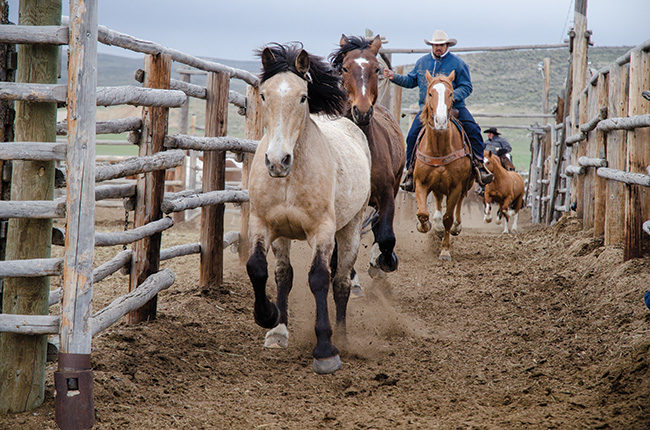American Farriers Journal
American Farriers Journal is the “hands-on” magazine for professional farriers, equine veterinarians and horse care product and service buyers.

Their show hunter, the owners tell you, pulls its head to one side, fights with the rider and has straightness issues. As you examine the horse, you find excessive wear on the left toe.
What to do? Change the shoes? Modify the trim?
Maybe check the feedbag. Ultimately, changing the diet was the key to helping this particular horse.
Working with veterinary nutritionist Frank Gravlee at Life Data Labs, farrier Darren Owen from Ivor, Va., eventually discovered the horse had calcium issues. This led to problems with the teeth, which resulted in the horse fighting its bit, shifting his weight to one side and wearing the toe more on that foot.
To Owen, the owner of Indian Fields Farrier Service, this case is a good example of why farriers need to recognize the importance of diet in the development of healthy feet. He emphasized this point while delivering the Burney Chapman Memorial Lecture sponsored by Life Data Labs of Cherokee, Ala., at last winter’s 10th annual International Hoof-Care Summit.
A horse’s nutrition affects the entire body from the forelock through the gut to the hoof, and oftentimes a nutritional imbalance first presents itself in the hoof. Owen says a farrier who learns to recognize the signs can call these deficiencies to the attention of the owners.
The hoof capsule is predominantly composed of collagen, an insoluble protein component of both cell walls and membranes within the cells. It is not possible to have the healthy keratinized tissue…